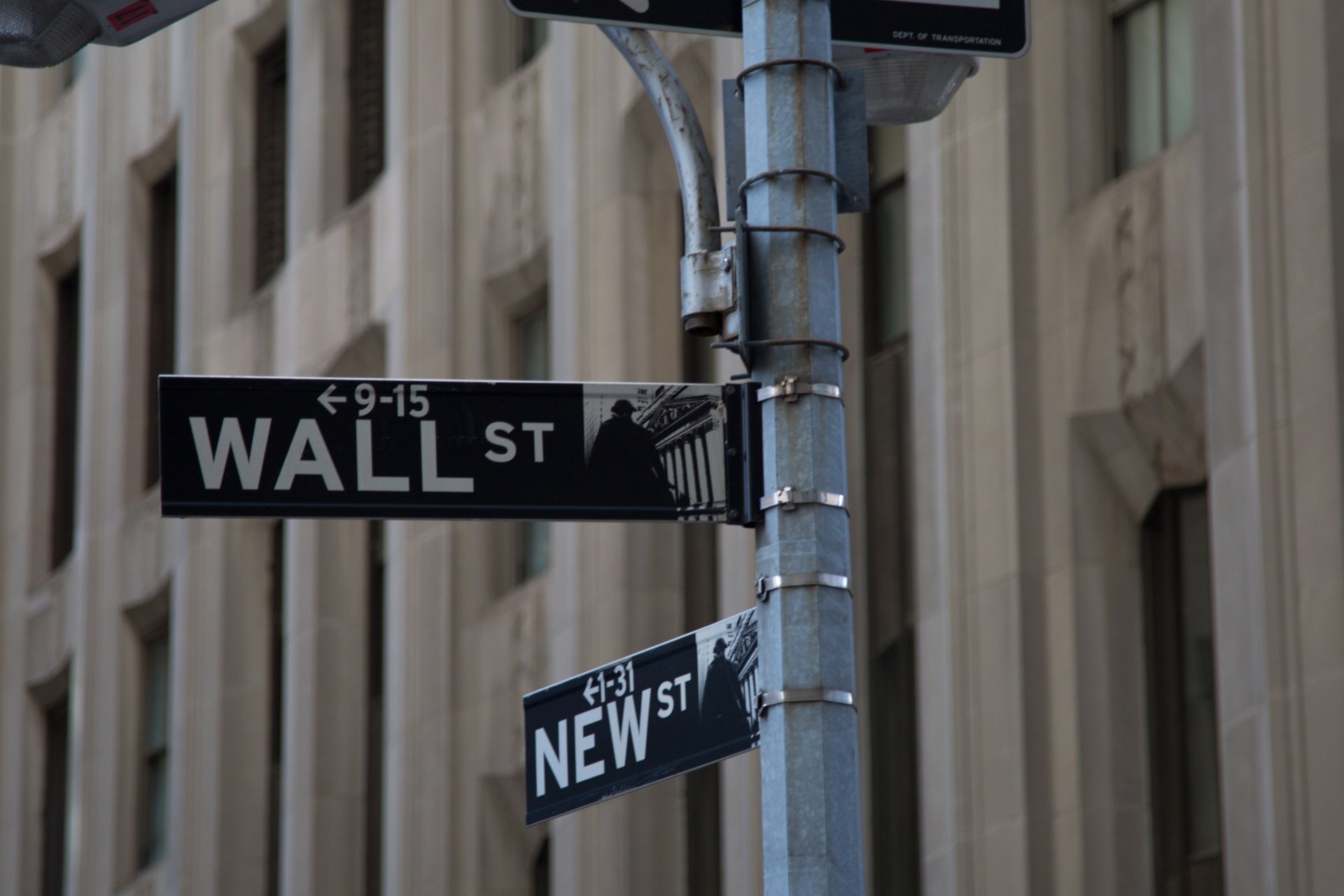Bill Miller’s MVP1 fund now holds 50% of its total asset value in Bitcoin – but not for long.
Ask someone with a bit of Wall Street savvy to list some of the top contrarian investors in the US and you’ll almost certainly hear Bill Miller’s name. He’s known primarily for applying this approach to his trades while at Legg Mason, the US investment management firm with close to three-quarters of a trillion dollars under management, where he served as a fund manager for more than 35 years.
Bill Miller Not As Boring As We Thought, Really Hoping Bitcoin Analyst Is Right https://t.co/tMXIk59uxe
— Bruno J. Navarro (@Bruno_J_Navarro) December 18, 2017
Miller Value Partners
After leaving Mason, he founded Miller Value Partners, which now controls what’s called the MVP1 fund, a hedge fund that, at the end of October, had around $155 million in assets under management and that serves as the flagship fund for Miller Value.
This week, Miller told CNBC that bitcoin accounts for around half of the total assets under management in the MVP1 fund. At the above mentioned total asset value estimate, that’s around $77 million. However, back then, bitcoin represented 30% of the fund, meaning at that point the bitcoin he holds was worth about $46 million. Given that Bitcoin was priced in and around $7,000 at the end of October and is now up to just shy of $19,000 a piece, a circa 171% run, the bitcoin in the MVP1 fund should now be worth somewhere in the region of $125 million.
An Exercise In Risk Mitigation
For a fund to have one single asset account for 50% of its total value is unheard of but it’s important to remember here that Miller hasn’t just acquired these bitcoin to a total representation of 50%. When he first bought them, they represented single-digit percentage points of the fund. It’s only the rise in price that has caused this skewed representation. In other words, he’s not bought any more bitcoin, bitcoin has just outperformed every other asset that the fund contains – and by a huge margin.
So what happens now?
According to reports, Muller is looking for a way to reduce the fund’s exposure to the single asset but has as yet not decided how he’s going to achieve this. It’s not unreasonable to assume he’ll need to sell some bitcoin to do so (given that the only other way would be to dilute the bitcoin concentration through an increased total asset value or, in other words, by adding more money to the fund) but Miller won’t confirm this:
What we’re studying is ways in which we can mitigate risk to the overall fund and the portfolio… It won’t be 50 percent of the fund for that much longer, which does not mean necessarily that we’re going to be selling it.
What other methods of risk reduction can you think of for Miller’s fund? Could his selling of Bitcoin move the market? Let us know your thoughts below!
Images and media courtesy of Wikimedia Commons, CNBC











